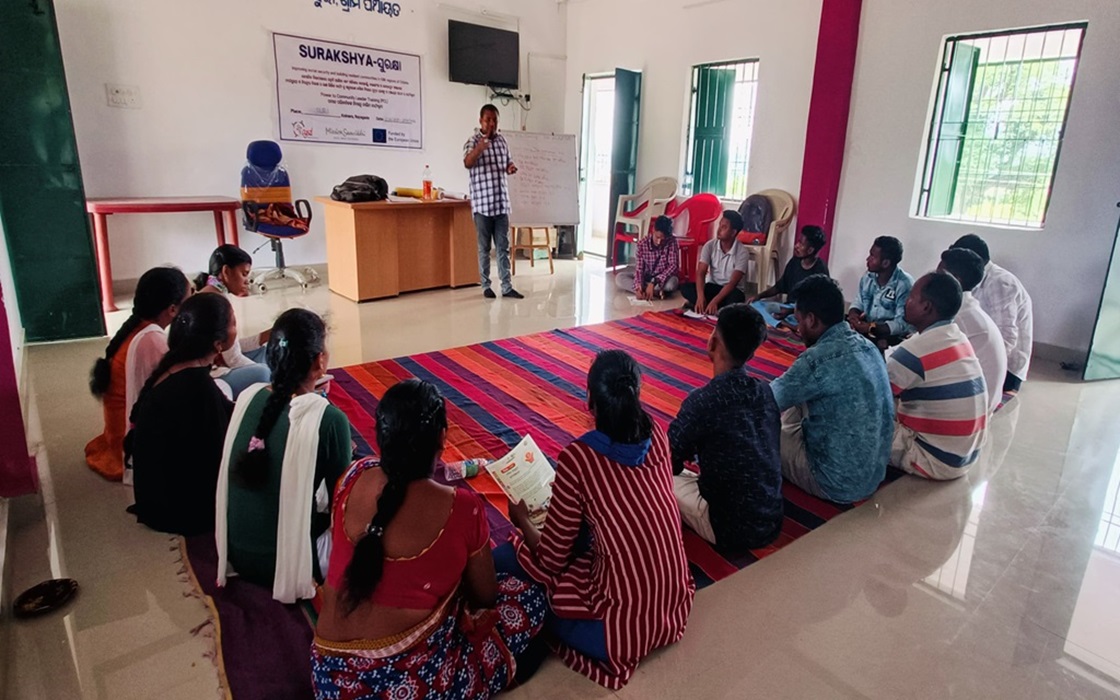

Period : 01-Jan-2022 To 31-Dec-2025
Objective : The project aims to contribute to the social and economic well-being of communities and build resilience among people to cope with eventualities like COVID-19.
Geography & Impact Group : 500 villages spread over five districts in the KBK Regions (Koraput, Rayagada, Malkangiri, Kalahandi and Bolangir) of Odisha
Client/ Donors : European Union
Description :
The project is being implemented in 500 villages spread over five districts in the KBK Regions (Koraput, Rayagada, Malkangiri, Kalahandi and Bolangir) of Odisha
The project aims to contribute to the social and economic well-being of communities and build resilience among people to cope with eventualities like COVID-19. The project aspires that Gram Panchayats (GPs) are capacitated to develop and execute need-based holistic programs and bring all eligible under social security safety nets. The intervention is intended to create a conducive governance ecosystem at the community level furthering the intent and efforts of the government wherein the community leaders and the GP act as the fulcrum of all actions. The government officials such as PEOs, Gram Rojgar Saathi, CRPs from OLM, GPEOs, Block Planning Engineers, and other officials associated with the economic well-being of people shall be sensitized on SDG-based planning and budgeting at the GP level. CSOs, the private sector, and corporate houses present in the operational districts and beyond shall be roped into the process of knowledge sharing, gathering collective wisdom, and pursuing pro-poor agenda.
1.On average 75 days of employment per household increased through linkage with government programs and schemes including MGNREGS with 40% focus on women beneficiaries.
2. Increased number of women having received support (financial or/and technical) to engage in economic activities.
3. Food security facilitated for 60% of households (with gender-disaggregated data).
4.70% of eligible HHs received support to create individual-level assets through MGNREGA (land leveling, plantation, well digging, housing, cattle shed, etc) with a focus on at least 25% women-headed HHs.
5.500 community leaders developed the capacity, of which 50% were women, to take initiatives toward facilitating community actions for effective disaster response
6. Equal participation of women and men, girls and boys in decision-making processes.
7. 60 Community-based Disaster Response Groups developed at the GP level to address future disaster risks having linkages with CSOs, Govt, and Private sector
8. 6 Multi Actor Partnership (MAP) platforms developed at the state (1) and district level (5) towards identifying the distressed population and providing urgent care and support to them, with specific inclusion of women
9. 200 returnee migrants including at least 50 women, set up their own enterprises
10. 200 decent jobs created by the high potential entrepreneurs, of which 50 are women.